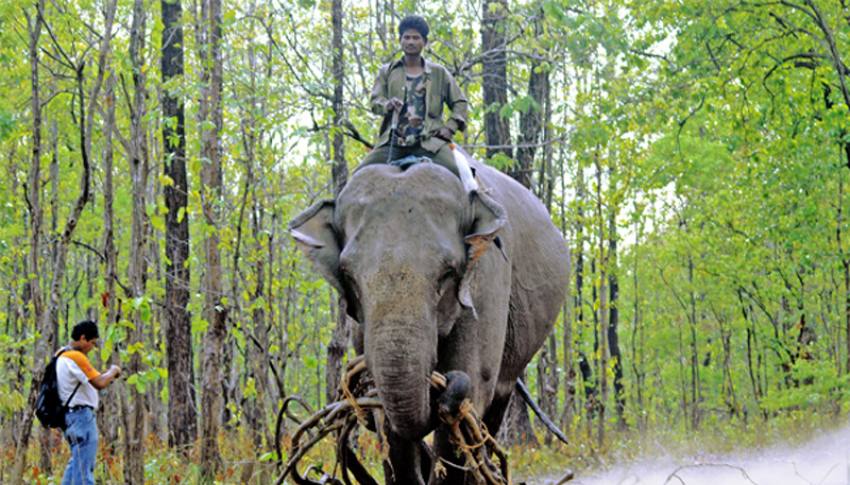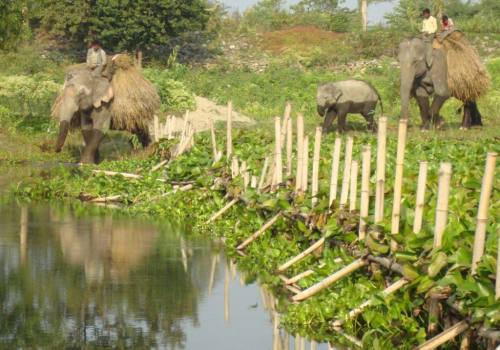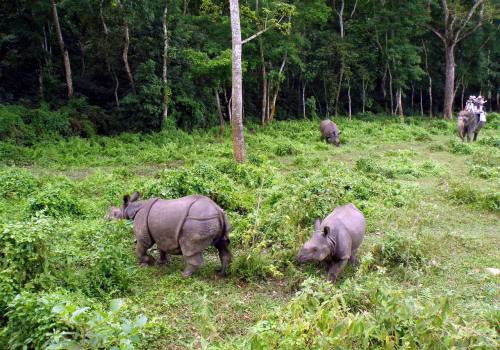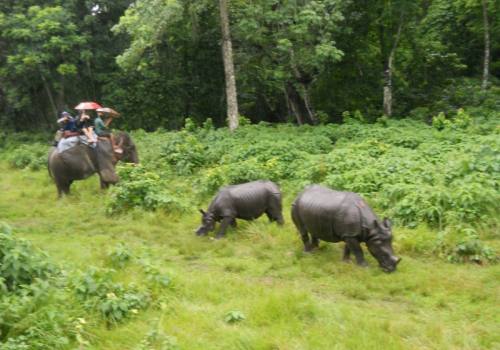Parsa Wild Life
Trip Facts
-
Trip Duration 0 Days
-
Destination Nepal
-
Trip Grade Easy
-
Transportation NA
Parsa Wildlife Reserve, established in 1984 with an area of 499 sq. km, provides an interesting composition to the park as a wholem by uninterrupted range of the Churiya hills. It occupies part of Chitwan, Makwanpur, Parsa and Bara Districts in Central Nepal. The reserve headquarter is situated at Adhabar on the Heatauda-Birgunj highway (22 km.south to Hetauda and 20 km. north to Birgunj). . The reserve/s wildlife includes wild elephant, tiger, sloth bear, hog deer and hyena. Birds include giant hornbill, peafowl, red jungle fowl and woodpecker. Snakes of different varieties exist here, including king cobra, krait, rat snake and python. The park has a sub-tropical climate, and is forested with sal trees.
Main Seasons to Visit Parsa wildlife Reserve:
The Parsa Wildlife Reserve has a subtropical monsoon climate with relatively high humidity. The main seasons are winter (October-December), spring (January-March), summer (April-June) and monsoon (July-September). Summer days are characteristically hot with average temperatures ranging form 30o-35o C.
Vegetation and Wildlife :
The forest with in the Parsa Wildlife Reserve of Nepal is composed of tropical and subtropical forest types with sal (Shorea robusta) forest constituting 90% of the vegetation. In the Churia hills, chir pine (Pinus roxburghii) grows and along the streams and river khair (Acacia catechu), sissoo (Dalbergia sissoo) and silk cotton tree (Bombax ceiba) occur. Sabai grass (Enlaliopsis binata), a commercially important grass species, grows well on the southern face of the Churia hills.
The reserve gives the good support to wildlife like: elephant (Elephas maxinuts), tiger (Panthera tigris), leopard (Panthera pardus), sloth bear (Melursus ursinnus) garu (Bos gaurus), blue bull (Boselaphus tragocamelus), and wild dog (Cuon alpinus). Other common animals that the visitors can find with in the park are sambar (Cervus unicolor), chital (Zxis asis), hog deer (Axis porcinus), barking deer (Muntiacus muntjac), languor (Presbytes entellus), rhesus macaques, striped hyena (Hyena hyena), ratel, palm civet, and jungle cat.
There are nearly 300 species of birds in the reserve. Giant hornbill, one of the endangered species, is found in certain forest patches. Peafowl, red jungle fowl, flycatchers, and woodpeckers are a few of the other common birds found in the reserve.
Different kinds of Snakes like cobra, common cobra, krait, rat snake, and python are found in the reserve due to the hot tropical climate.
How to Reach Parsa Wildlife Reserve
The parsa wildlife reserve is can be reached by bus via the Kathmandu. Birgunj highway or the Mahendra Rajmarg highway. The reserve headquarters is an 8 hour drive from Kathmandu. Simara airport is 7 km away from the reserve headquarters. It take only 15 minutes of reach Simara form Kathmandu by plane.
You can send your inquiry via the form below.













